Posted in: 04/27/2021
The month of April brings one of the most important dates for the struggle of indigenous people[1] for recognition and rights. For Synergia, the work with the Arara, Kararaô, and Xipaya Kuruaya indigenous people, carried out since 2019 in the Middle Xingu region, has helped generate a greater understanding of the reality and difficulties they face. It also contributed to an intense exchange of knowledge, which makes the issues faced by indigenous people one of the most relevant topics for the company.
For this reason, we have prepared a very complete article, addressing two prominent themes, which refer to the past and the future of indigenous people: the changing view on the incorrect “Indian Day” and Indigenous people who are building new narratives, proving to be of great importance in advocacy and in elaborating how they want (or not) to be seen for the current generation and the next ones. Check it out!
Do you know what Indigenous Person Day or Indigenous Diversity Day is? No, the date is not new. It was popularly known as Indian Day, summarizing all ethnic plurality and a huge variety of cultures and languages a single word: Indian.
But the change in nomenclature came, and represents a great advance in dealing with issues related to indigenous peoples, whether Brazilian or not, as several countries have adopted the change. It is important to remember that the struggle to stop the historical process of erasure of indigenous peoples is ongoing in various spheres and even in different countries.
An example of this has been going on for a few years in the United States: the change of the holiday that once honored one of the colonizers responsible for the death of millions of Indians, Columbus Day, October 12th. After decades of protesting against the holiday, and all that colonization represents for Native American people, Columbus Day was replaced by the Indigenous Peoples’ Day or Native American Day.
Although the change was not in all states – some chose not to extinguish the tribute to Columbus, but kept both dates on the calendar, while others, are still studying the change – ensuring Indigenous Peoples Day was a struggle to recognize the stories that were left out of the American national narrative.
Here begins our conversation about the importance of representativeness. Only by it’s means, it is possible to open paths so that other people, who find themselves in the same condition, can occupy spaces and reduce social injustices. And this is exactly the case for indigenous people in Brazil.
For a long time, the indigenous peoples had no voice or representativeness. We are talking about a long process of erasure and prejudice, coupled with the lack of social inclusion and protection measures, which have only recently started to be applied, such as racial quotas for indigenous people in universities (2012) and social security rights (1991).
Even the right to an appropriate, intercultural, and multilingual Indigenous School Education is recent, proposed in the 1988 Constitution and enhanced in the national legislation that establishes the National Education Guidelines and Framework Law (LDB), in 1996.
In 2007, the United Nations (UN) approved the United Nations Declaration on the Rights of Indigenous Peoples, a document in which it recognizes universal fundamental rights, as well as the different indigenous realities and needs.
Only in 2008, the study of indigenous history and culture became mandatory in elementary and high schools in Brazil. However, without assertive guidance from the Ministry of Education, the indigenous theme has not always been represented in a correct manner.
This whole historical path takes us back to the beginning, to the erroneous Indian Day, which most often represented the indigenous person as a savage, naked or covered in feathers and leaves, living in huts in the middle of the forest. Furthermore, the idea reinforced the stereotypical and racist representation of indigenous symbols during carnival.
But you might be wondering: how did we go from Indian Day to Indigenous Person Day, and what does all this history have to do with it?
It is simple. As indigenous people have been included in society, with respect and without the obligation of fitting into the educational, cultural and behavioral patterns of white people, they have been able to conquer their standpoint of speech and representativeness, occupying spaces in the most diverse areas and opening the way for other indigenous people to have their work valued, their unique characteristics and their rights respected. These people are responsible for the change in the representation of indigenous people that has been taking place.
And, although we know that there is still a long way to go for indigenous people to truly achieve equality, the change from Indigenous Day to Indigenous Person Day or Indigenous Diversity Day can already be seen as a victory for the indigenous people who considered the previous nomenclature as prejudiced and minimizing an entire cultural and ethnic extension.
The change in perception about the indigenous person and the dismantling of prejudiced ideas are only happening because more and more indigenous people are able to occupy spaces and demonstrate the values, the causes, and the importance of equity. Thus, they bring to the discussion the most important issues of their peoples and demonstrate the strength of the struggle, as well as the constant need for public policies of inclusion.
Meet some of the indigenous people who are changing the scenario and standing out nowadays:
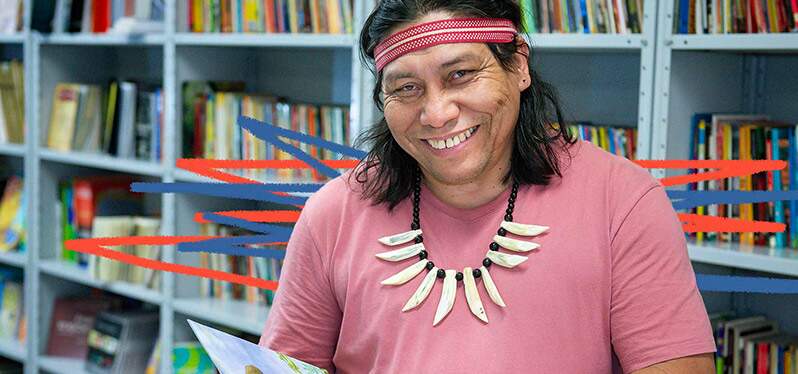
Doctorate in Education from the University of São Paulo and post-doctorate in Linguistics from the Federal University of São Carlos, Mundukuru has published over 54 books in Brazil and abroad. He has received national and international awards, including the renowned Jabuti Award. His work is mainly composed of children’s literature and textbooks.
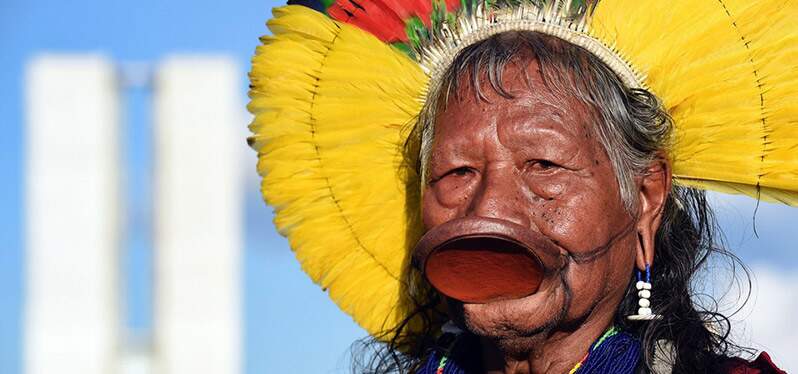
One of the best known indigenous leaders in Brazil, the cacique is respected for defending the Amazon and the indigenous people of the forest. In 2020, he was nominated for the Nobel Peace Prize.
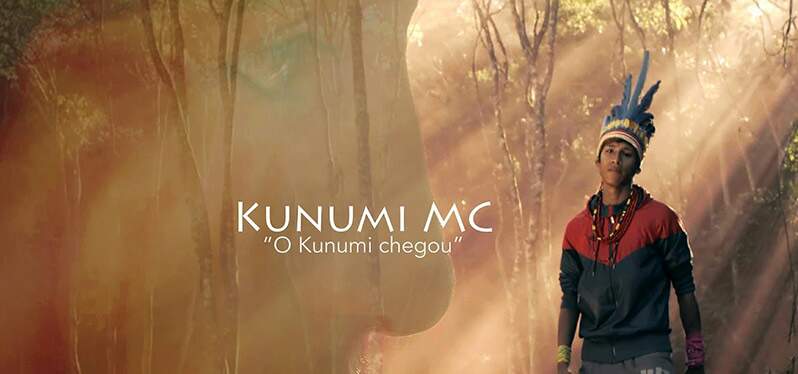
The rap singer brings in his lyrics the words of protest against deforestation, the aggression against the indigenous people, and the request for respect for the indigenous people and their cultures and languages.
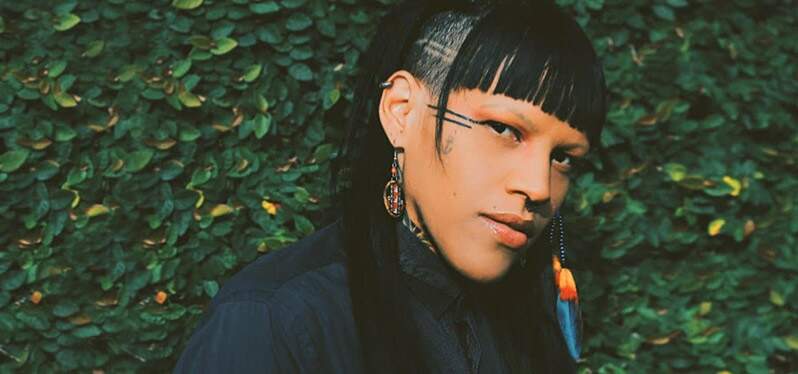
The rapper and activist leader, besides reinforcing the image of the urban Indian, is responsible for the #ÍndioNãoÉFantasia campaign, which denounced racism in the costumes used during Carnival.
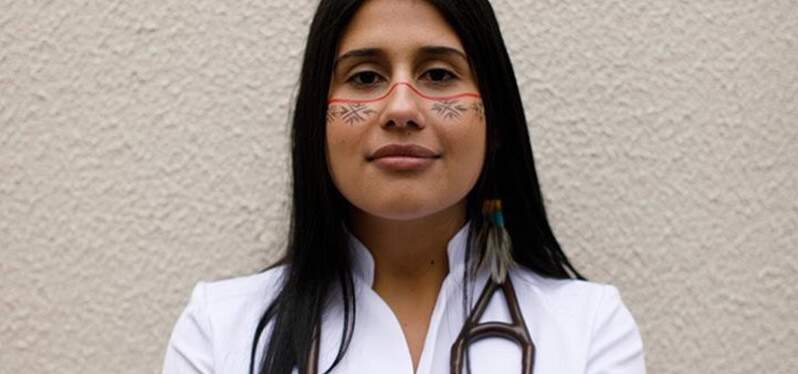
One of the first indigenous doctors to graduate in Brazil, in 2013, Myrian is the country’s first indigenous cardiovascular surgeon.
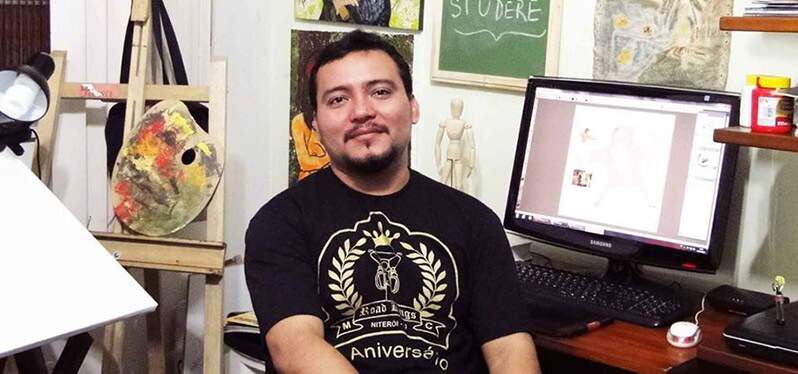
Visual artist and one of the coordinators of Radio Yandê, aimed at spreading indigenous culture outside the villages. He has received awards such as the Pipa Online and had a solo exhibition at the Centro Cultural Hélio Oiticica.
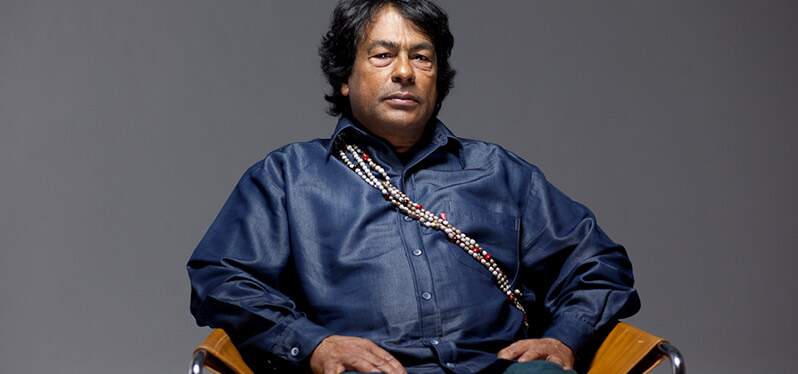
Indigenous leader, environmentalist, researcher and writer, Krenak has stood out in the defense of indigenous peoples and the environment. His literature follows the same line, and has received praise from the main Brazilian literary critics today. In 2020, he was elected intellectual of the year by the Brazilian Union of Writers.
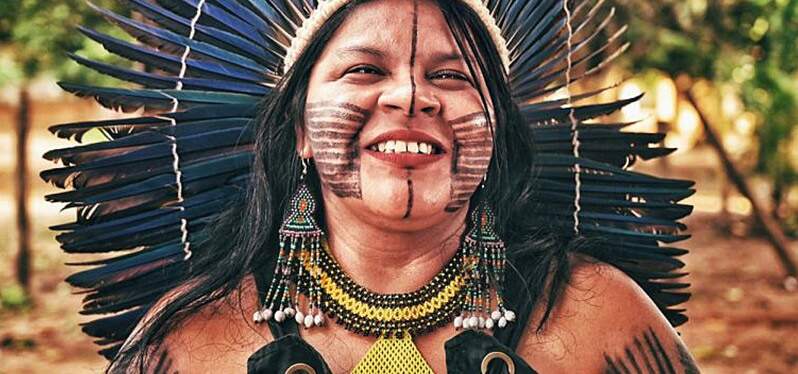
The main female indigenous leadership in Brazil, Sonia is the executive coordinator of the Articulation of Indigenous Peoples of Brazil (Apib) and was the first indigenous person to run for the Federal Government, in 2018, as vice president on the slate of candidate Guilherme Boulos (PSOL).
[1] Synergia chooses to use inclusive and non-sexist language in all its forms of communication, both to male and female employees and to the external public. Therefore, the choice for using the expression “indigenous person”, instead of the generalization “the indigenous people”.
*The Indigenous Person Day is part of a series of annual actions that we carry out to address issues of great importance for society, and that are crucial to reducing inequalities, such as the Black Awareness Month Campaign, the Synergia Women’s Month Campaign, and the Indigenous Peoples’ Month, among others. This text is a shortened version of what was published internally, for our employees.*
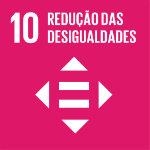
Sign up and receive our news.